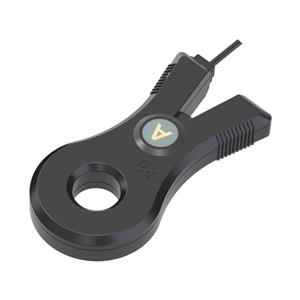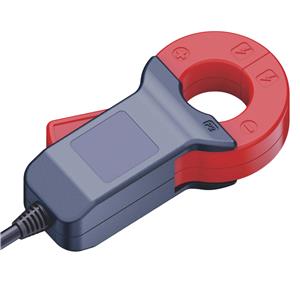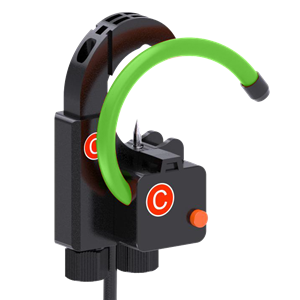The Technology Behind Current Transducers: Key Elements in Measuring Electrical Currents
Current transducers are electronic devices that convert electrical current into a measurable signal, often a voltage or frequency, for further processing and analysis. They are fundamental components in modern industrial and automation systems, enabling efficient monitoring and control of electrical flows.
At their heart, current transducers utilize a principle, either electromagnetic induction (e.g., current transformers) or solid-state methods like Hall effect sensors or shunt resistors. The former employs a primary coil that senses the magnetic field generated by an alternating or direct current, producing a voltage proportional to the primary current in the secondary winding.
Solid-state transducers, like Hall sensors, use a magnetic field to induce a voltage across a semiconductor device, providing a linear relationship between input current and output voltage. They offer benefits like low power consumption, immunity to external magnetic fields, and compact design.
Current transducers are precision instruments, often featuring high accuracy, ruggedness, and immunity to noise. They are critical in industries such as power generation, transportation, and industrial automation, allowing real-time monitoring, protective relaying, and system optimization.
In summary, current transducers serve as vital interfaces between high-power circuits and data acquisition systems, enabling the reliable measurement and control of electrical currents. Ongoing technological advancements continue to enhance their performance, reliability, and integration capabilities.




